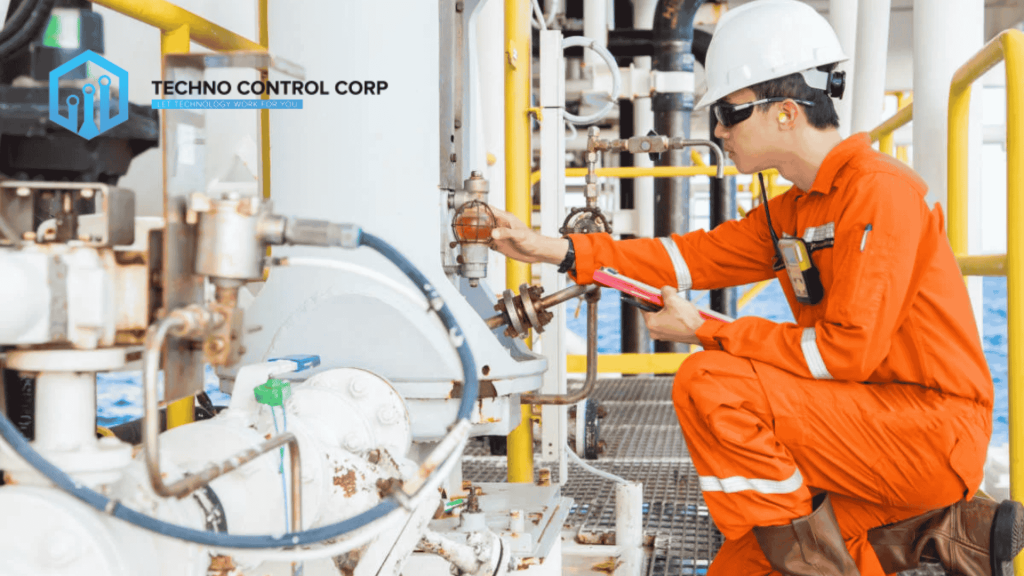Introduction
In order to avoid mishaps, injuries, and property damage, electrical safety is crucial in dangerous locations. Because of the flammable materials present, these locations need extra care to reduce the risks related to electrical equipment. The essential facets of electrical safety in dangerous environments will be covered in this blog article, including categorization schemes, equipment selection, installation, upkeep, and best practices.
Understanding Hazardous Areas
What are Hazardous Areas? Areas classified as hazardous are those that contain combustible materials in amounts that have the potential to ignite or explode, such as gasses, vapors, or dusts. These regions are categorized according to the probability and length of time that these dangerous materials will be present.
Classification of Hazardous Areas Hazardous areas are typically classified into zones:
- Zone 0: Places where a dangerous atmosphere persists for extended periods of time.
- Zone 1: Locations where, under normal operating conditions, a hazardous environment is likely to exist.
- Zone 2: Places where a dangerous atmosphere is unlikely to develop but could in the event of unusual circumstances.
Electrical Equipment for Hazardous Areas
Selecting the Right Equipment The selection of electrical equipment for hazardous areas is crucial. Key factors to consider include:
- Zone Classification: To choose the right equipment, identify the particular zone.
- Equipment Type: Select equipment that is intrinsically safe, explosion-proof, or flameproof, depending on the zone.
- Certifying: Verify that a reputable certifying agency has issued the equipment’s certification.
Installation and Maintenance Proper installation and maintenance of electrical equipment in hazardous areas are essential for safety. Key considerations include:
- Qualified Staff: Verify that qualified staff members carry out installation and maintenance.
- Standards Adherence: Comply with all applicable laws and guidelines, including local codes, IECEx, and ATEX.
- Frequent Inspections: To find and fix possible problems, do routine inspections.
- Correct Cabling and Wiring: To avoid sources of fire, use cable glands and proper wiring techniques.
- Effective grounding and bonding techniques should be used in order to dissipate static charge.
Best Practices for Electrical Safety in Hazardous Areas
- Risk assessment: To find possible risks and create mitigation plans, do risk assessments on a regular basis.
- Training and Awareness: Give staff members operating in dangerous environments thorough training.
- Emergency Response Plans: To effectively handle incidents, create and implement emergency response plans.
- Frequent Maintenance: To keep equipment operating at its best, set up a strong maintenance program.
- Regulation Compliance: Comply with all applicable laws and guidelines.
Conclusion
Organizations can greatly lower the dangers related to electrical equipment in hazardous areas by adhering to these recommendations and best practices. Protecting people and property requires putting safety first, making the right equipment investments, and putting strict maintenance schedules in place. Keep in mind that electrical safety in dangerous situations is a question of life and death, not merely compliance.

